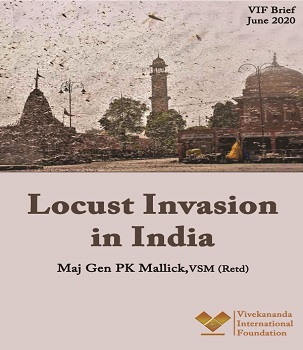By Philip Zelikow, Eric Edelman, Kristofer Harrison, and Celeste Ward Gventer
 Graft is nothing new; it may be the second-oldest profession. Powerful people and those with access to them have always used kickbacks, pay-to-play schemes, and other corrupt practices to feather their nests and gain unfair advantages. And such corruption has always posed a threat to the rule of law and stood in the way of protecting basic civil and economic rights.
Graft is nothing new; it may be the second-oldest profession. Powerful people and those with access to them have always used kickbacks, pay-to-play schemes, and other corrupt practices to feather their nests and gain unfair advantages. And such corruption has always posed a threat to the rule of law and stood in the way of protecting basic civil and economic rights.
What is new, however, is the transformation of corruption into an instrument of national strategy. In recent years, a number of countries—China and Russia, in particular—have found ways to take the kind of corruption that was previously a mere feature of their own political systems and transform it into a weapon on the global stage. Countries have done this before, but never on the scale seen today.
The result has been a subtle but significant shift in international politics. Rivalries between states have generally been fought over ideologies, spheres of influence, and national interests; side payments of one kind or another were just one tactic among many. Those side payments, however, have become core instruments of national strategy, leveraged to gain specific policy outcomes and to condition the wider political environment in targeted countries. This weaponized corruption relies on a specific form of asymmetry. Although any government can hire covert agents or bribe officials elsewhere, the relative openness and freedom of democratic countries make them particularly vulnerable to this kind of malign influence—and their nondemocratic enemies have figured out how to exploit that weakness.
 It has been a double whammy. As the nation is reeling under the effects of COVID-19 pandemic, India has to fight another menace: locust invasion. Massive swarms of desert locusts have devoured crops across seven states of western and central India including Rajasthan, Gujarat, Madhya Pradesh and Haryana, Maharashtra, Uttar Pradesh and Punjab. The locust population might grow 400 times larger by end June 2020 and spread to new areas without action. It would be disrupting food supply, upending livelihoods and require considerable resources to address. India is facing its worst desert locust invasion in nearly 30 years.
It has been a double whammy. As the nation is reeling under the effects of COVID-19 pandemic, India has to fight another menace: locust invasion. Massive swarms of desert locusts have devoured crops across seven states of western and central India including Rajasthan, Gujarat, Madhya Pradesh and Haryana, Maharashtra, Uttar Pradesh and Punjab. The locust population might grow 400 times larger by end June 2020 and spread to new areas without action. It would be disrupting food supply, upending livelihoods and require considerable resources to address. India is facing its worst desert locust invasion in nearly 30 years.








